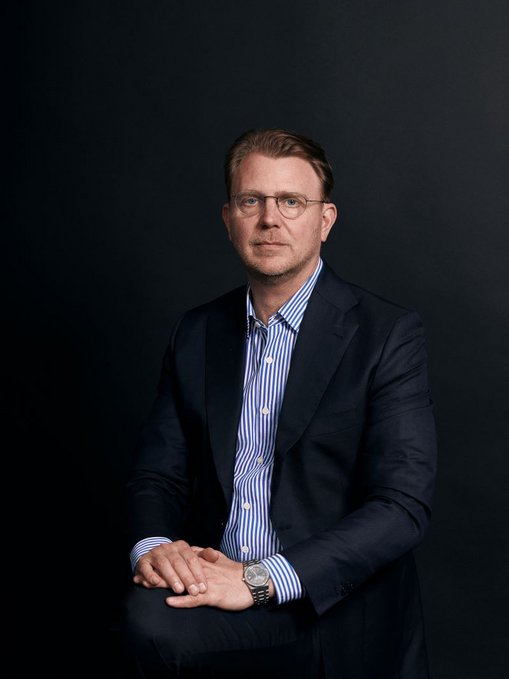LATEST NEWS
Short interview with Professor Georg Windeck
The Faculty of Design Computer Science Media at RheinMain University of Applied Sciences (HSRM) has appointed Georg Windeck as the new Professor of Design and Construction on March 1, 2024. Georg Windeck studied architecture at Technische Universität Berlin and, parallely, sculpture at the Berlin University of the Arts. Professor Windeck has been a member of the Berlin Chamber of Architects since 2002. After graduating, he began teaching at the Irwin S. Chanin School of Architecture at the Cooper Union in New York, where he worked for 17 years, specializing in architectural design, structural design, building history and architectural theory. Windeck also taught at the School of Visual Arts in New York and at the Illinois Institute of Technology in Chicago. In addition to teaching and research, he worked as a freelance architect and interior designer, focusing on the innovative additions and alterations to historic buildings. In 2009, Professor Windeck became a registered architect in the State of New York. A year later, his expertise in sustainable construction earned him a LEED (Leadership in Energy and Environmental Design) certification.
What aspect of your research fascinates you the most?
The artistic expression of what is technically possible determines my work, both in teaching and in professional practice. New building materials and joining techniques can create new shapes and spaces. Creative construction is a continuous dialog between a design intention and the technical limitations. They impact each other.
What does “good teaching” mean to you?
Supporting students in finding out what they want to create with their work. I don’t think higher education should teach students how to do things properly. The things they’d learn would inevitably be outdated by the time they finish their studies, as our technologies and ways of life are developing rapidly. I find it is more important to convey a way of thinking: How can I approach a task in terms of design and technology within the possibilities available to me? How do I work strategically towards what I want to achieve? And how do I balance fighting for what I want while remaining flexible enough to recognize weaknesses in my own work?
What did you want to be growing up?
I wanted to be an archaeologist. I was fascinated by ruins, especially the remains of buildings of the ancient world. I tried to imagine the rooms outlined by the stone remains, with all the incredible stories of what happened in them. That inspired me and still influences me today. When we design buildings, we ultimately do exactly that: We imagine rooms and tell stories about what is supposed to happen in them. It is our task to fill the built living space with magic that goes beyond mere functionality.
What do you enjoy doing in your spare time?
My work is my fulfillment, I have no need for balance. Of course, it’s important for me to spend time with my family and take care of my physical health. However, I see this as another aspect of my existence, not as a balance to my professional activity. The English term “work-life balance” that is currently so popular is particularly confusing for students. It suggests a polarity between work and life: The more you work, the less you live, so to speak. I think that’s nonsense. The beauty of the German word “Beruf” (in English “vocation”) is that you spent your work doing the thing that “calls” you. And that is precisely why I am so pleased to have been appointed professor at RheinMain University of Applied Sciences.
